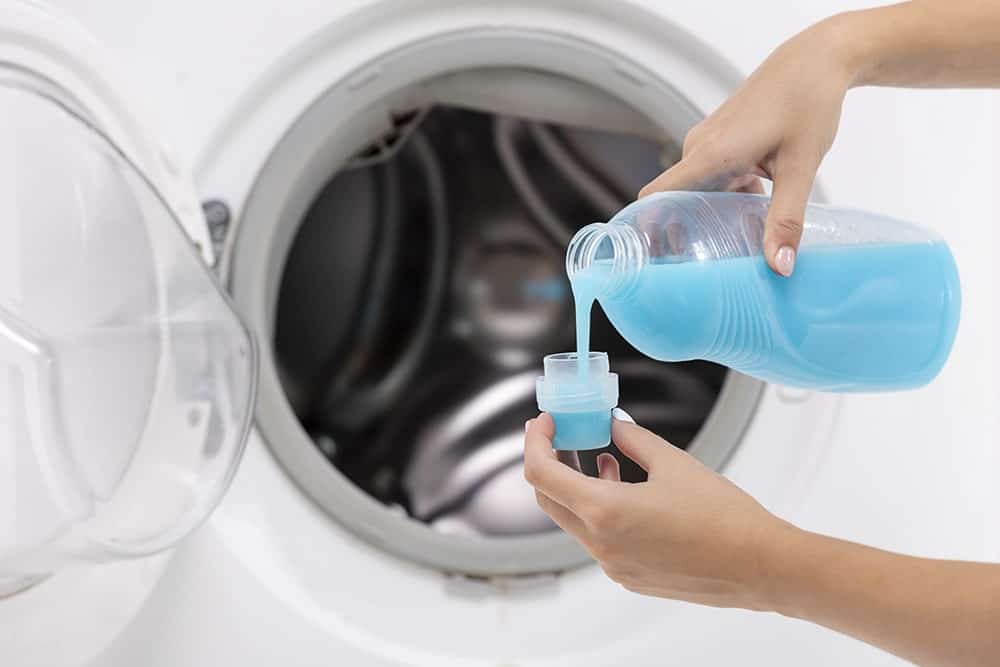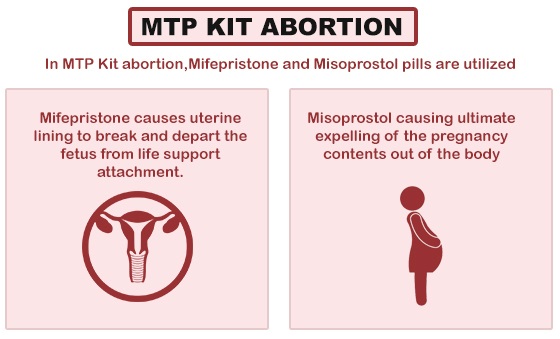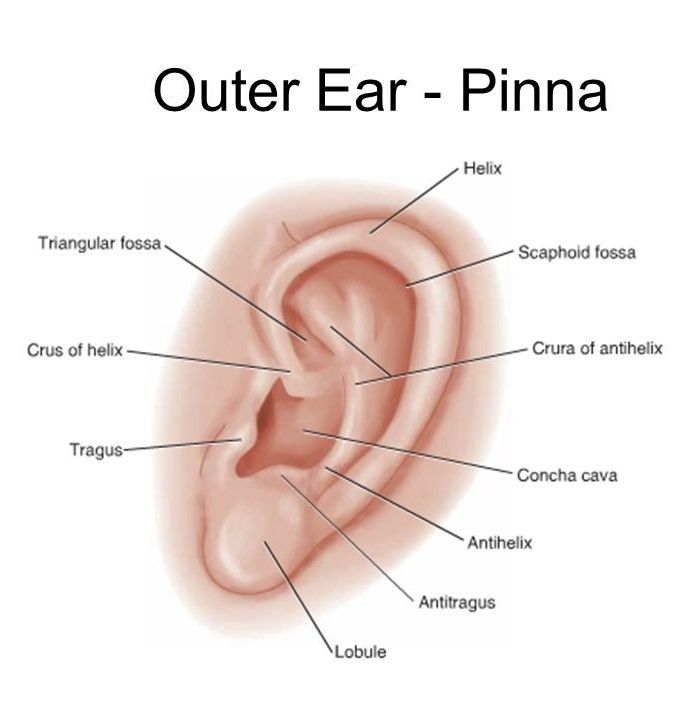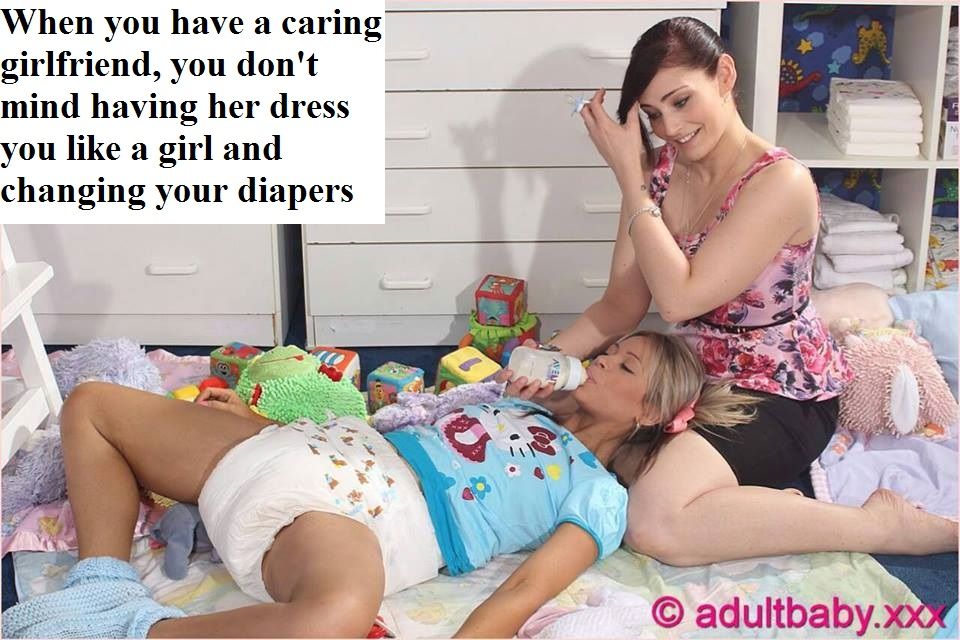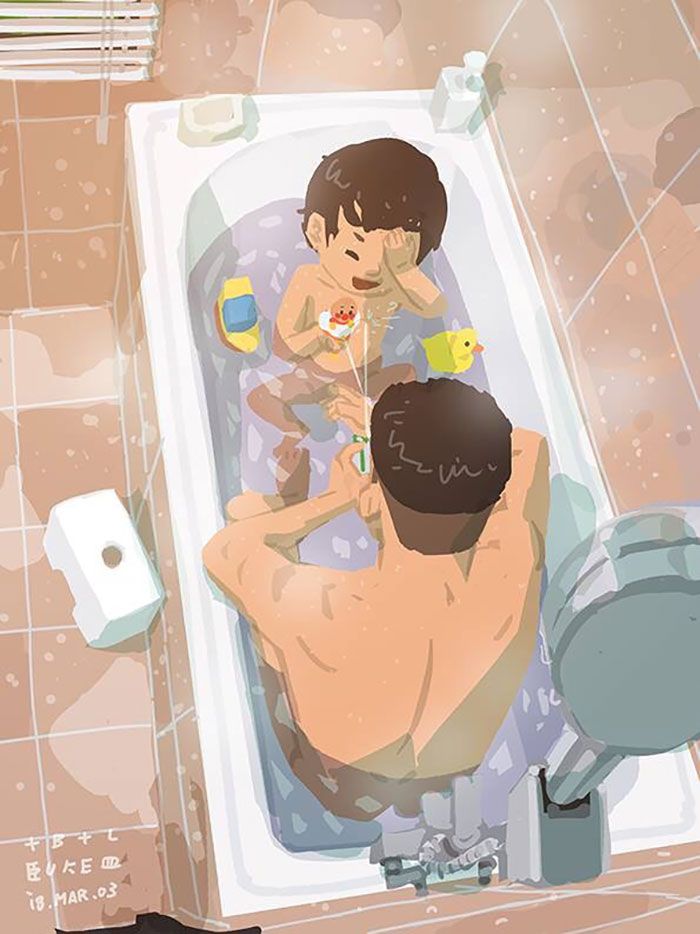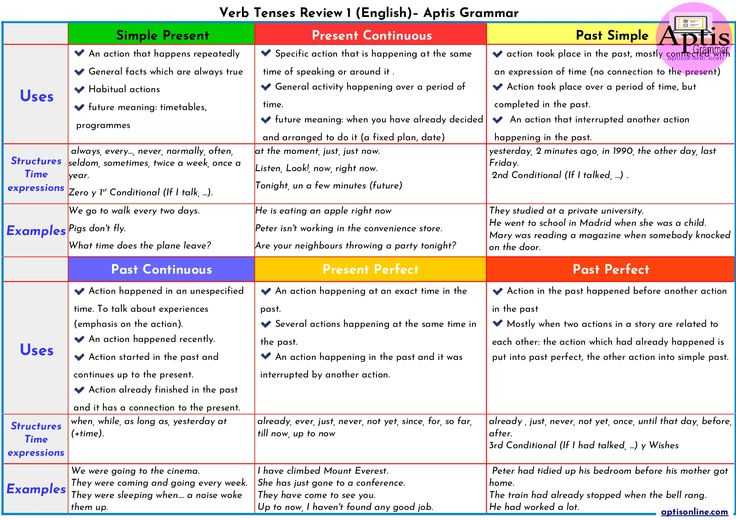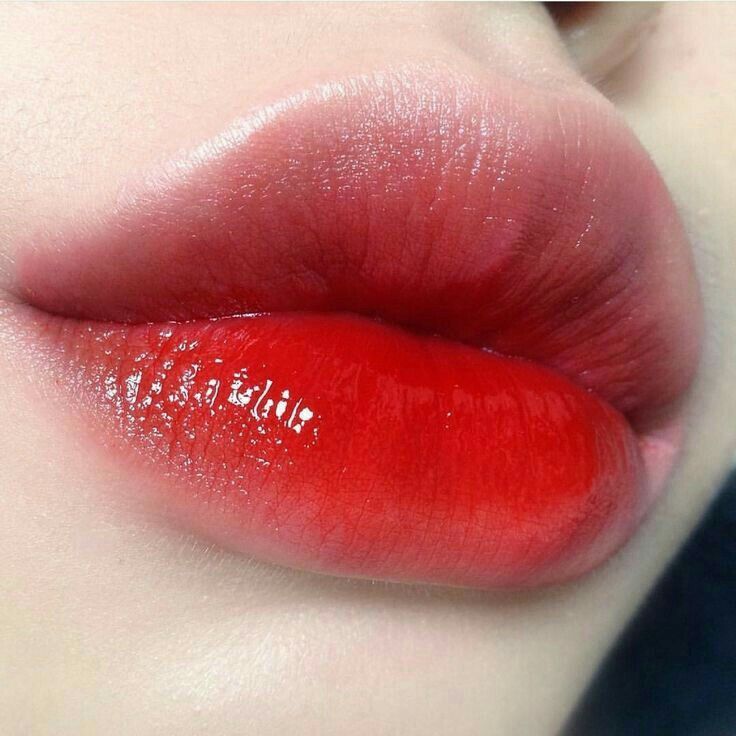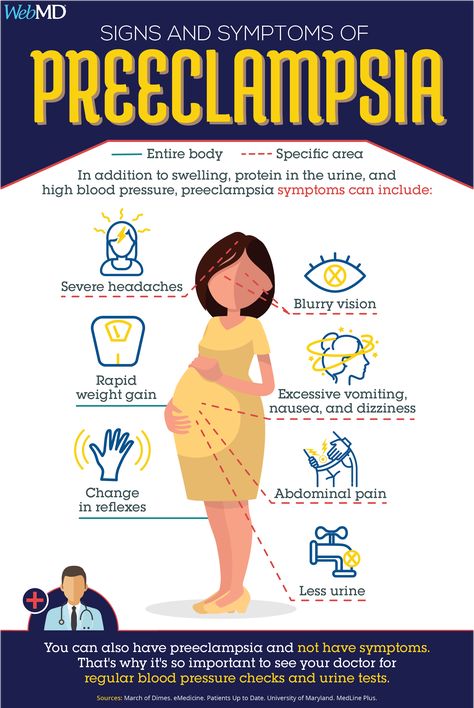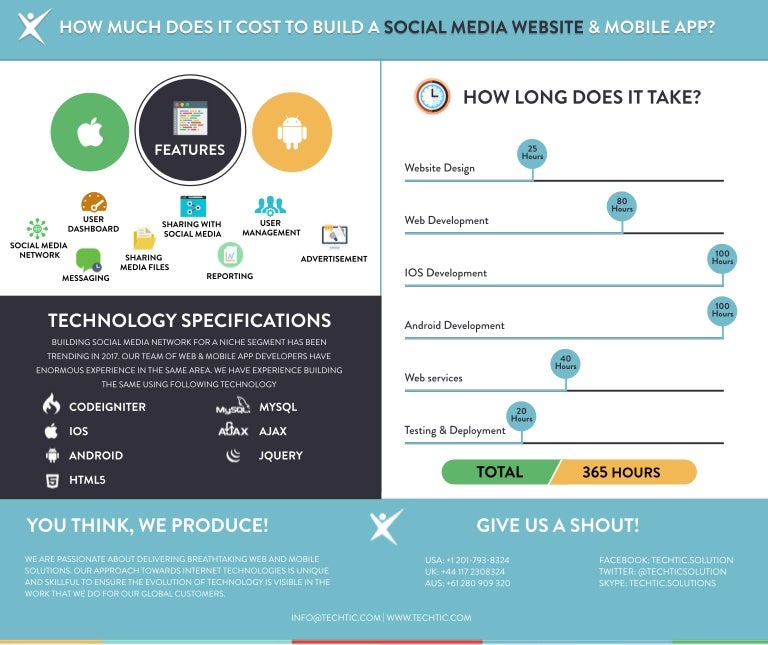Best way to wash baby bottles
How to Clean Baby Bottles
We know babies require a lot of stuff. And by a lot, we mean, a lot! All of those bottles, bottle parts, nipples, pacifiers, and sippy cups need to be cleaned. Over and over. Day after day. Here’s everything you need to know on how to clean baby bottles and parts, so you can worry less about all the “stuff” and spend more time with your little duckling!
How to Hand Wash Baby Bottles
It can seem daunting to have to hand wash your baby bottles, nipples, caps, and sippy cups after every use, but with the right steps you’ll find that scrubbing right away isn’t always necessary. So, you can pay more attention to tummy time and less on cleaning.
Here’s how to wash baby items by hand:
1. Things You’ll Need.
In addition to a sponge, we recommend purchasing a dedicated bottle brush with a nipple brush to clean all the hard-to-reach spots inside your baby’s bottles. For a gentle clean that’s free of dyes, use Dawn® Free and Clear.
2. Rinse Directly After Use.
As soon as you have finished feeding your baby, give your bottle a quick rinse with warm water, just to get rid of most leftover residue. You can come back to thoroughly wash a full day’s worth of bottles when you have more time.
3. Fill A Bowl with Hot Soapy Water.
Apply a squirt of Dawn® to a bowl of hot water. Dawn® works great for cleaning baby items because it does not leave a soapy residue on bottles when rinsed appropriately.
4. Separate the Bottle Parts.
It’s important to take apart every part of the bottle. Old milk can build up between the bottle, the ring, and the nipple.
5. Wash Bottle Parts Separately.
Place all of the bottle parts into hot, soapy water and wash them individually. Use a soapy bottle brush for the bottle and the nipple brush for the plastic nipples and rings. Next, gently squeeze soapy water through the nipple hole to flush out any trapped milk.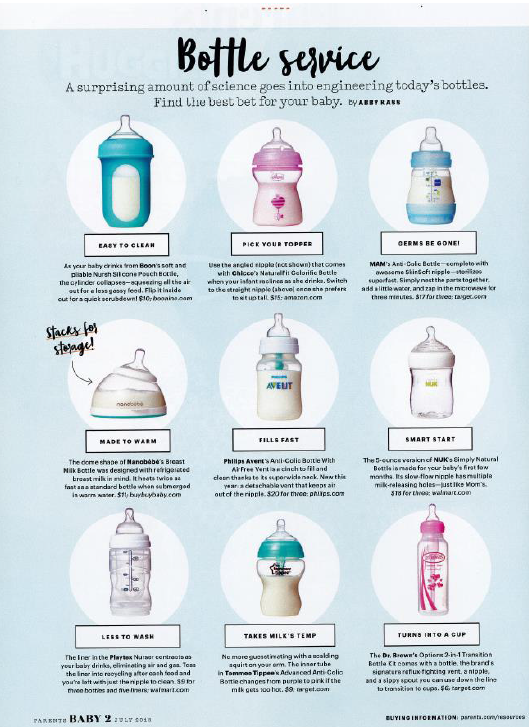
6. Rinse Bottle and Bottle Parts.
Rinse off the bottle and bottle parts thoroughly under running water to remove any remaining soap residue.
7. Dry Bottles and Attachments.
Place bottles and nipples upside down in the dish rack to dry. Your baby items are now clean and ready for another feeding. Prepare to do this several hundred more times, even in your sleep.
Handwashing Versus Dishwashing Baby Bottles
Baby bottles can pile up, especially with a newborn! It’s recommended to wash baby bottles after each use, especially during the infancy stage—but don’t worry! You do have a few options when it comes to protecting all those bottles from messes, so you can be more confident with every feeding. You can wash baby bottles and attachments in the dishwasher every few days, but make sure they’re dishwasher-safe before running the cycle. *
To clean baby bottles in the dishwasher:
Rinse baby bottles, nipples, caps, sippy cups and other attachments with warm water
Soak with warm water and a gentle dish soap like Dawn® Free and Clear, which is free of dyes
Rinse off bottles and attachments with warm water
Load into the top rack of your dishwasher
Set to a hot water washing cycle and heated drying cycle
Remove from dishwasher and place on a clean surface or baby bottle drying rack
In cases where your baby bottles aren’t dishwasher safe or your dishwasher is full, handwashing is also a great go-to when it comes to keeping bottles clean and safe for your little bundle.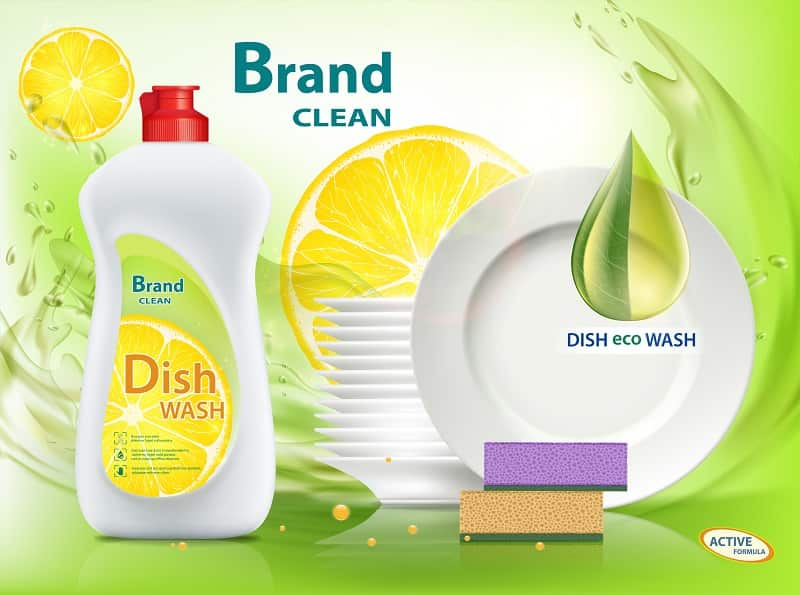
How to Sterilize Baby Bottles
You’ll also want to consider using a baby bottle sterilizer during the early days. Sterilizing baby bottles and attachments helps remove germs and bacteria—especially if your little duckling is primarily bottle fed. If you’re using a bottle for the first time, you should always hand wash and sterilize it before giving it to baby. This helps ensure you’re starting off with a clean and sanitary bottle, every time.
Allow the baby bottle and parts to soak in warm, soapy water
Rinse off with warm water
Place in baby bottle sterilizer and follow the instructions provided for your particular brand of sterilizer
Once complete, store on a clean drying rack before use
You can also sterilize your baby bottles by placing them in boiling water—but be careful to not damage the nipple or any other attachments.
Can I Reuse My Old Baby Bottles?
When kept in good condition and thoroughly washed, you may be able to reuse your baby bottles with your next baby.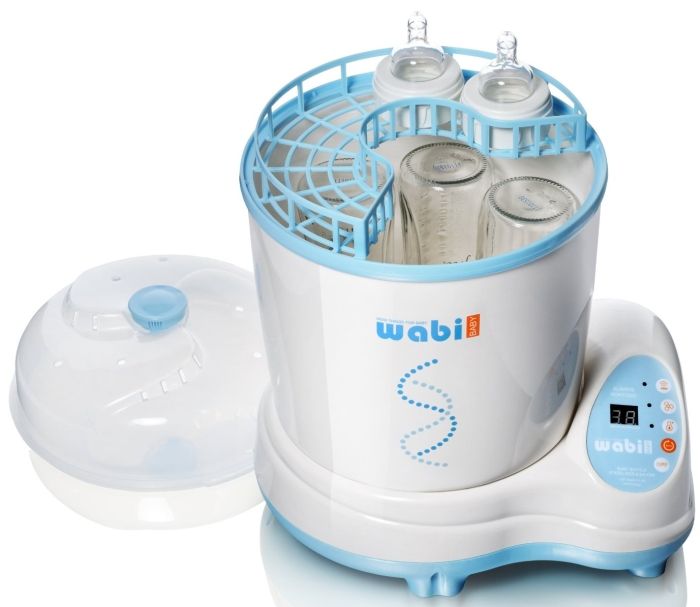 However, it’s best to get new bottle attachments, such as nipples, as these can undergo wear and tear over time.
However, it’s best to get new bottle attachments, such as nipples, as these can undergo wear and tear over time.
Whether new or used, always be sure to soak your baby bottles in warm, soapy water and sterilize before using.
Best Dish Soap for Baby Bottles
When it comes to ensuring your baby is getting the best, we understand that same notion extends to the dish soap you use as well. Here are our recommendations for top dishwashing liquids to use when cleaning baby bottles, bottle attachments, and first utensils:
For Soaking: Before sterilizing or running your baby’s bottles through a dishwasher, use a foaming dish soap like Dawn® Platinum Dishwashing Foam. Just one pump creates more than enough soapy foam to penetrate leftover formula and milk residue.
For Everyday Handwashing: Dawn® Free & Clear is powerful enough to tackle any leftover messes, including baby food and milk residue, and gentle enough to use on delicate items, while also being free of dyes and phosphates.
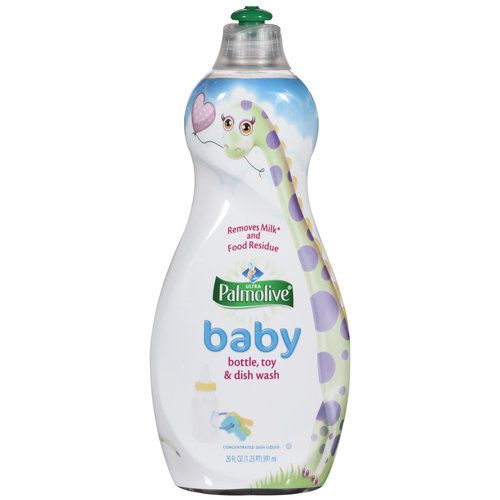
With Dawn® dish soap it’s So Dawn Easy to keep all your baby items clean, so you can feel more confident when feeding your cooing little duckling!
How to Wash Baby Bottles
Written by Tenley Haraldson. Reviewed by cleaning expert Sean Busch.
Wondering how to clean a baby bottle? You’re definitely not alone! In addition to ensuring the most effective cleaning process, our guide outlines why choosing baby safe dishwasher detergent and dish soap is so important.
How Often Should I Wash Baby Bottles?
The American Academy of Pediatrics advises washing baby bottles after each feeding. As parents, we know you’re going to be busy, but at the very least, rinse them out immediately to help prevent caked-on residue.
Don’t Forget About Washing Your Baby Bottle Cleaner Tools
It’s best to run your cleaning tools (like brushes) through the dishwasher every few days or spray them with our hydrogen peroxide-based Disinfecting Surface Cleaner.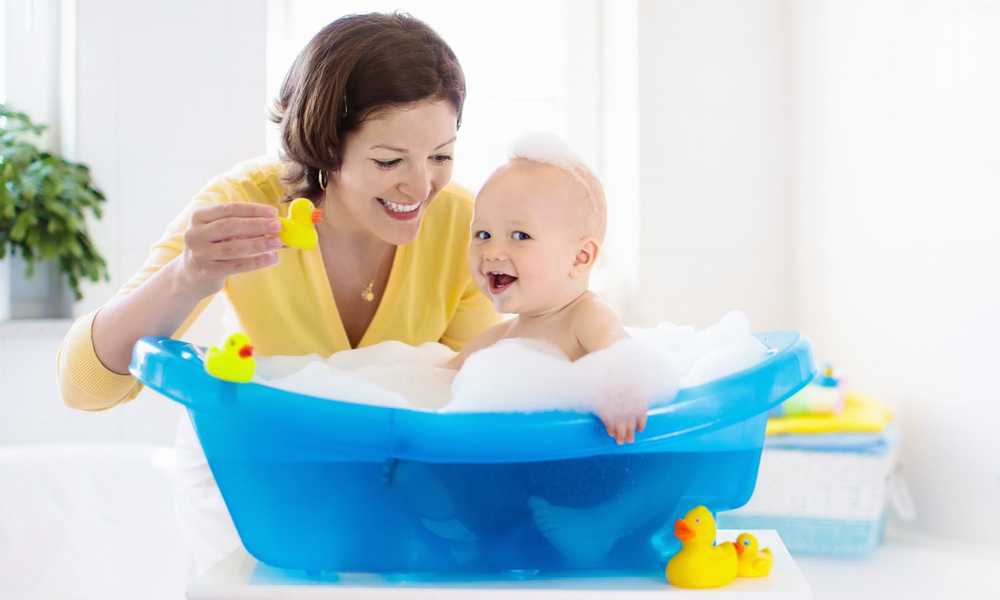 Families with infants under three months old, premature babies, or babies with weakened immune systems should wash cleaning tools after every use.
Families with infants under three months old, premature babies, or babies with weakened immune systems should wash cleaning tools after every use.
When Should I Sterilize Baby Bottles?
If you have a newborn, premature baby, or an infant with a weakened immune system, it may be wise to consider sterilizing bottles every day.
Always check the bottle manufacturer's instructions to ensure that bottles and parts are safe to be sterilized with our technique: Boil the bottles in a clean pot of water for 5 minutes, remove with a clean pair of tongs, and lay them out to dry on a clean surface.
We recommend sterilizing new bottles using the same methods.
Can You Wash Baby Bottles with Soap?
You don’t need a dishwasher – you can absolutely wash baby bottles with dish soap.
- Wash your hands.
- Fill a small wash basin with hot water, adding enough Natural Dish Soap to make a thick foam.
- Separate each component (e.g. nipples, caps, rings) and rinse them with fresh water.

- Submerge them in the soapy water and use a brush to scrub the insides until they’re thoroughly clean.
- Rinse with fresh water, shake off excess, and dry upside-down on a baby bottle rack in an area that’s protected from dirt and dust.
Pro Tip: A designated nylon-bristle brush should be used to wash bottle nipples. They’re notoriously hard to get clean, so it’s often helpful to squeeze water through them.
Natural Ways to Get Rid of Baby Bottle Smells
Cleaning bottles isn’t always possible – life has a habit of getting in the way! It’s totally normal for bottles to have a residual smell, but a few natural remedies work to eliminate them.
Shake hot water and a tablespoon of white vinegar in the bottles before your normal cleaning process. Ensure that they’re totally rinsed, then wash them with a natural dish soap.
How to Clean Baby Bottles While Traveling
If you’re traveling with your baby, simply follow the same cleaning instructions above. Just make sure you have a clean container (we love this collapsible dish tub), dish soap, and a bottle brush with you.
Just make sure you have a clean container (we love this collapsible dish tub), dish soap, and a bottle brush with you.
Can You Wash Baby Bottles in the Dishwasher?
If your baby bottles are made of glass or dishwasher-safe plastic, they can be run through the dishwasher. To load baby bottles in the dishwasher, use the internal basket to clip the nipples upright during the full cycle, then place all remaining bottle parts on the top rack. Choose a hot water and heated drying cycle.
What’s the Best Dishwasher Detergent for Baby Bottles?
Our 99.5% Natural Dishwasher Detergent Packs were created with plant-based enzymes (like manannase and protease) that safely break down milk and formula proteins. It was painstakingly formulated to fully rinse away, leaving zero residue.
Do I Need a Safe Dishwasher Detergent for Baby Bottles?
Many dish cleaning products contain potentially harmful ingredients. It was actually these competitor ingredient lists that pushed us to develop our products with the help of physicians and Ph. D. chemists.
D. chemists.
That’s why our baby safe dishwasher detergent is free of:
- Perfumes
- Synthetic Fragrance
- Phosphates
- Sulfates
- Parabens
- Chlorine bleach
- Petrochemicals
- Triclosan
- Animal by-products
- Dyes
- Phthalates
- Caustics
Pro-Tip: Always let bottles completely dry before reassembling.
Many parents reassemble baby bottles when moisture is still inside the bottle – which can cause mildew and mold growth. Shake out any loose water droplets and allow bottles to completely air dry on a clean towel or bottle drying rack.
From Bottles to Burps, Here’s to Health and Happiness!
Having clean, ready-to-use bottles on hand will help you focus on bonding during mealtimes. That’s why we developed the most effective plant-based cleaning products.
From our family to yours, we wish you (and your newest bundle of joy) all the best.
What and how to wash baby bottles
The body of a small child is only learning to resist the pathogenic microflora of the surrounding world, therefore, in this case, mother's help is indispensable. One of the main tasks of mothers at the stage of breastfeeding is to provide the baby with not only healthy, but also safe food. If the child eats only the breast, then additional measures other than the personal hygiene of the mother are not required, however, if feeding bottles have firmly entered his life, you cannot do without special measures to care for the dishes.
One of the main tasks of mothers at the stage of breastfeeding is to provide the baby with not only healthy, but also safe food. If the child eats only the breast, then additional measures other than the personal hygiene of the mother are not required, however, if feeding bottles have firmly entered his life, you cannot do without special measures to care for the dishes.
What to wash with?
Finding baby bottle detergent is easy, as you can find it in most home improvement stores. Choosing the right option is a little more difficult: the purchased product cannot contain fragrances, and dyes must be exclusively natural and approved for use in the food industry. A big plus will be the presence of disinfectants, which significantly increase safety. Many parents are happy to buy options marked "ECO", which are based on natural ingredients.
Detergent for children's dishes must be completely rinsed off not only with hot, but also with cold water. However, even the most harmless products must be washed off repeatedly with running water.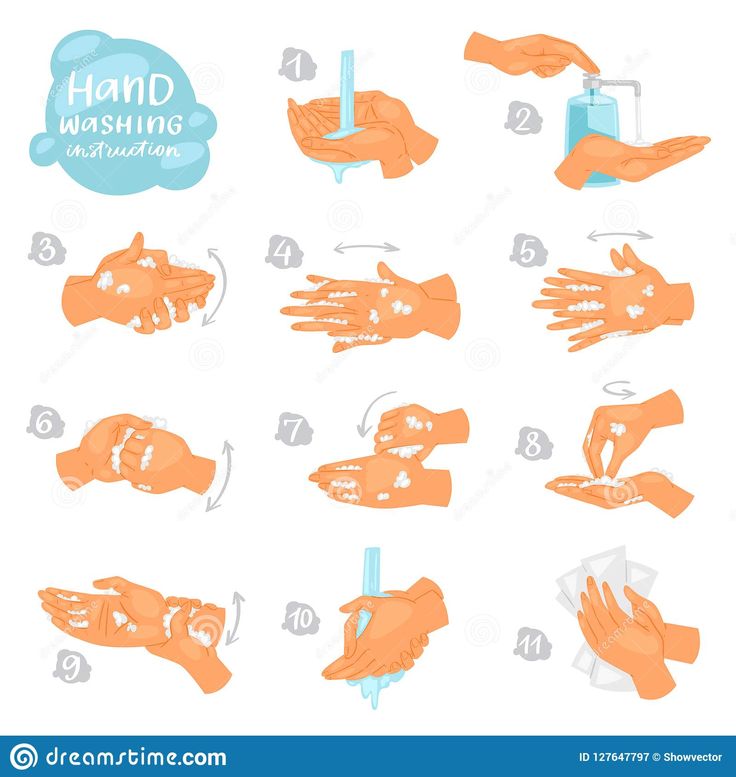
If parents do not want to leave their money in the pockets of manufacturers of household chemicals, then they can successfully use a popular folk remedy - dry mustard. This brown-yellow powder is completely safe for the human body, so accidentally remaining grains on children's dishes will not harm the baby in any way.
Dry mustard perfectly removes any dirt and grease from any surface and is very easy to rinse off. True, this tool has a certain drawback - if you take it directly with a sponge, then too much powder sticks and it is simply washed out with water. Ordinary salt shakers with holes that can be found in every home, as well as ready-made gruel in old bottles from household chemicals, will help solve this problem.
Another popular option is soda. Soaking children's dishes in a warm baking soda solution (especially overnight) makes it easy to remove even the most serious stains.
Laundry soap and homemade soap-based detergent also help keep baby bottles clean, but the soap leaves a thin film on the surface of the dishes, so rinsing in this case must be very thorough.![]() For the comfort of mother's hands, a little glycerin can be added to detergents from laundry soap. A pleasant aroma to such products gives ordinary lemon juice.
For the comfort of mother's hands, a little glycerin can be added to detergents from laundry soap. A pleasant aroma to such products gives ordinary lemon juice.
How to wash?
Under no circumstances should you use sponges that clean dishes and cups for the whole family to care for children's dishes. The baby should have its own brushes, brushes and sponges.
Modern brushes, specially designed for washing "milk" bottles, are very convenient and functional. The bristles in such products are quite elastic, so it cleans the walls of the bottles well and does not scratch their surface. Many brushes are equipped with a soft sponge that perfectly rinses the bottom. Thanks to the suction cup on the bottom, the brush can be installed in a vertical position, thus protecting it from contact with not very clean surfaces.
An important point: no matter how convenient and expensive a baby bottle brush may seem, after a while it inevitably turns into a breeding ground for bacteria.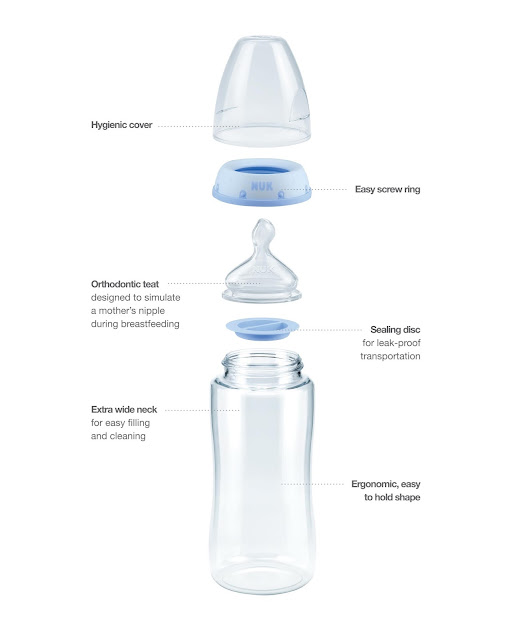 Careful disinfection (for example, with vinegar) slightly extends the life of the product, but it still needs to be replaced periodically with a new one.
Careful disinfection (for example, with vinegar) slightly extends the life of the product, but it still needs to be replaced periodically with a new one.
Random entries
The popularity of sweet fragrances has not faded for several decades. The fashion for perfume components is changing, but gourmand compositions are always loved and adored. Why are they so good?
Snake venom has been known to medicine for many centuries, and in the last 20-30 years it has also attracted cosmetologists.
Not all fragrances are well received on hot days. So that the perfume does not tire, choose the lightest and most unobtrusive compositions.
Purity fragrances are the lightest, most versatile and delicate.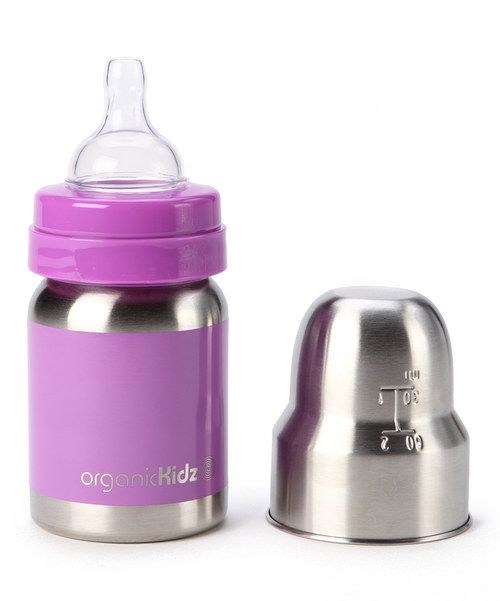 They are pleasant (and most importantly, appropriate) to wear always and everywhere, because the compositions associated with cleanliness do not tire and do not unceremoniously invade the personal space of others.
They are pleasant (and most importantly, appropriate) to wear always and everywhere, because the compositions associated with cleanliness do not tire and do not unceremoniously invade the personal space of others.
How to wash baby bottles? - ServiceYard - the comfort of your home is in your hands.
- How do I clean my feeding bottles?
- Bottle sterilization
- How to wash baby bottles when traveling?
- Footage
Anyone with a small child in their family is no doubt familiar with feeding bottles, nipples, diapers, pacifiers and probably knows how and with what to wash baby bottles and other items around the baby. Absolutely all young parents need such knowledge, because wrong actions regarding the cleaning of children's household items can not only damage the things themselves, but also entail a negative reaction of the child's body. The thing is that a newborn baby has not yet had time to fully develop its immune system, and this makes it more susceptible to bacteria that are on improperly treated surfaces.
Important! When buying plastic baby bottles, make sure the plastic does not contain the chemical Bisphenol-A. It is very toxic and can lead to serious health problems for the baby. Many countries have already banned the production and sale of children's items with an admixture of this chemical. Unfortunately, our country is not included in this list yet. Therefore, parents need to be more vigilant when buying children's products.
back to the table of contents ↑
How to wash feeding bottles?
For perfect care of feeding utensils, you need to know the detailed instructions on how to wash baby bottles. It looks like this:
- Rinse the bottle in the sink immediately after feeding:
- Even if you don't have time for a more thorough wash, just rinse the dish. This will prevent dried milk and dirt from accumulating on the walls and bottom of the bottle.
- Use hot water for rinsing.
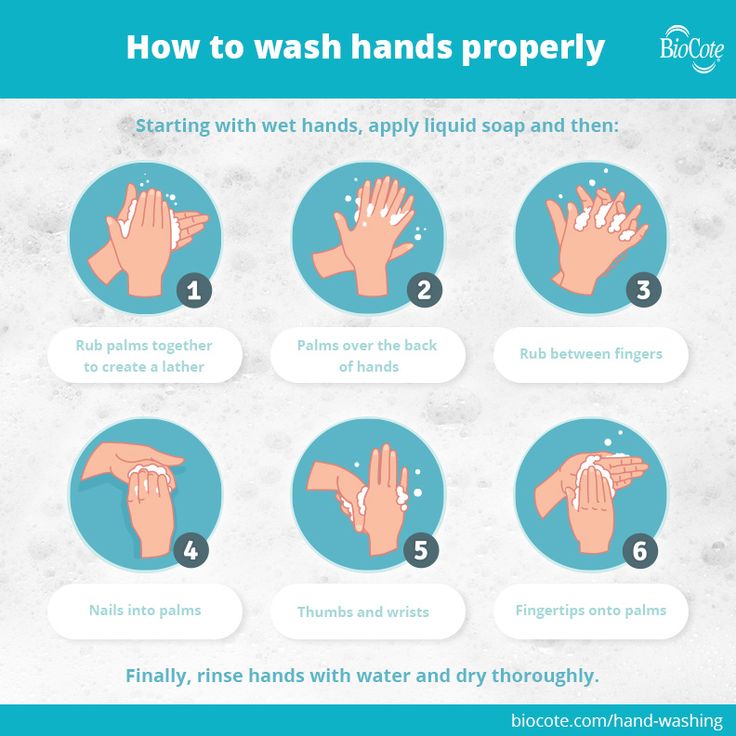 In this way, rinsing will be more effective.
In this way, rinsing will be more effective.
- To get the most out of your washing process, you need to know the best way to wash baby bottles. When buying a feeding bottle, immediately purchase the following products:
- Brush for washing baby dishes and a special brush for cleaning rubber pacifiers. Some bottles are difficult to clean near the bottom and in the neck area, a brush will help with this. Teat brushes have the ability to collect bacteria from their surfaces.
- Specially formulated for washing baby bottles. It differs from the usual dishwashing detergent in a more gentle and mild action. It is hypoallergenic, non-toxic and, no less important, does not leave soap residues on the surfaces of the container after rinsing in hot or cold water.
- To eliminate the possibility of foreign bacteria and chemicals getting on children's dishes, it is recommended to wash the sink itself before washing it.
- For best results, use a hard sponge, baking soda, or other natural disinfectant.
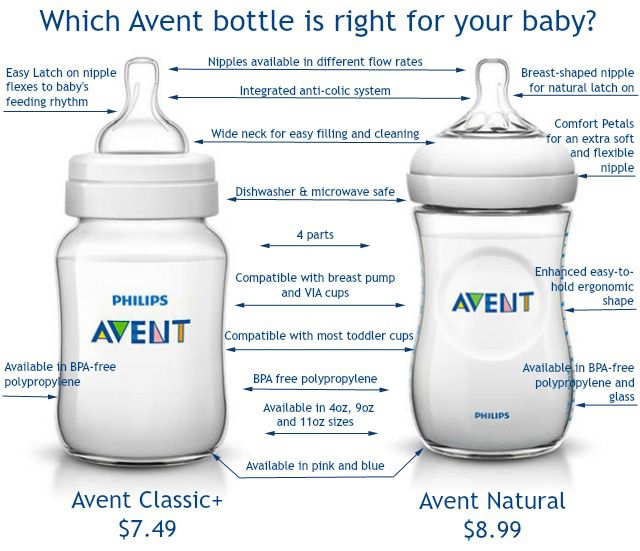
- After cleaning the sink, fill it with hot water of the highest possible temperature and soap.
- Feeding bottles must be completely disassembled before washing. Each of their parts - a bottle, a nipple, a ring, a cap - are washed separately.
Important! Separate washing is recommended because a large amount of milk tends to accumulate between the ring and the nipple, which contributes to the rapid growth of bacteria.
- Immerse each part in hot soapy water.
- Use a bottle brush and a nipple brush that can also clean the ring.
- If the instructions for use of the feeding bottle say that it can be washed in the dishwasher, then use this method, which will save you a lot of time.
- Place the bottle upside down on the top rack of the dishwasher, away from the heating elements.
Important! Today, children's goods stores can offer their customers a special basket for washing rings and nipples that are installed in the dishwasher.

- To get rid of soap residues on the surfaces of the bottle and its elements, after washing, they should be thoroughly rinsed under running water at the highest possible temperature.
- Place all parts of the newborn bottle on the drying rack.
Important! Dry the bottle in a well-ventilated area so that it dries completely quickly. Otherwise, fungus and mold may begin to develop on its surfaces.
- Wash your hands thoroughly with soap and water before handling a dry bottle to feed your baby.
back to contents ↑
Sterilizing bottles
This method is very effective in killing all possible bacteria on the surfaces of baby dishes. If earlier, after each use, the bottle was advised to sterilize it, but now this process is considered not so necessary.
Important! Recent studies by the medical community have shown that washing feeding bottles with hot, soapy water is sufficient to clean them.
The main condition is the purity of water and its suitability for drinking.
However, sterilization is indispensable in the following cases:
- Before using the baby dish for the first time immediately after purchase.
- After each washing of the bottle with water from a well or well.
- After the child's illness.
- After prolonged use.
Electric and microwave sterilizers
The principle of sterilization in these devices is the treatment of dishes with steam at a temperature of +100 C. Steam with such a high temperature kills all bacteria and microbes on the surfaces of the bottle. To use these devices correctly:
- Electric sterilizer should be filled with a small amount of water. Place rings, nipples and bottles inside at some distance from each other. Sterilization takes approximately 10 minutes.
- With a microwave sterilizer, the steps are essentially the same. Once all items to be sterilized have been placed, place the instrument in the microwave oven.
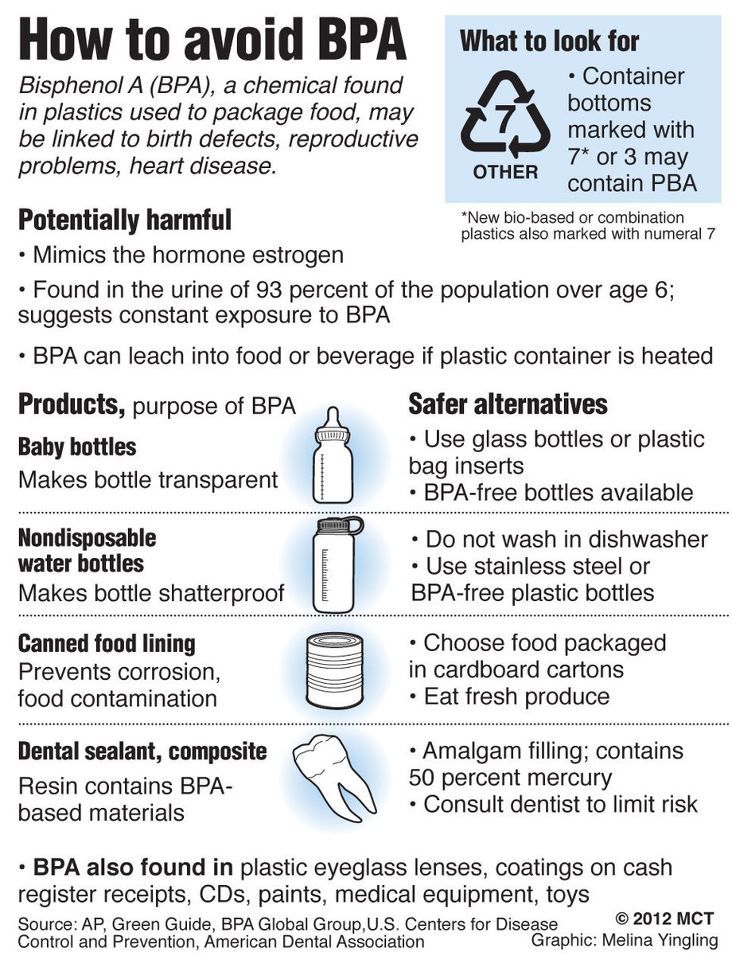 Set the microwave to full power and turn it on for 4-8 minutes.
Set the microwave to full power and turn it on for 4-8 minutes.
Important! The operating time of a microwave oven depends purely on the power of the device itself.
Sterilization in a steamer
A steamer is a fairly common item in the kitchen of a young housewife. With it, you can not only cook healthy and tasty food, but also, if necessary, sterilize children's dishes. For this:
- Pour water into the bottom compartment of the steamer.
- Place bottles upside down.
- Other parts of the baby bottle can be placed on top of the steamer.
- Switch on the appliance in the “cooking” mode for 5 to 15 minutes.
- Wait for the steamer to switch off and cool down.
After that, children's dishes can be used for their intended purpose.
Multicooker sterilization
Multicooker sterilization is very easy:
- Pour 1 liter of water into the main container of the multicooker.
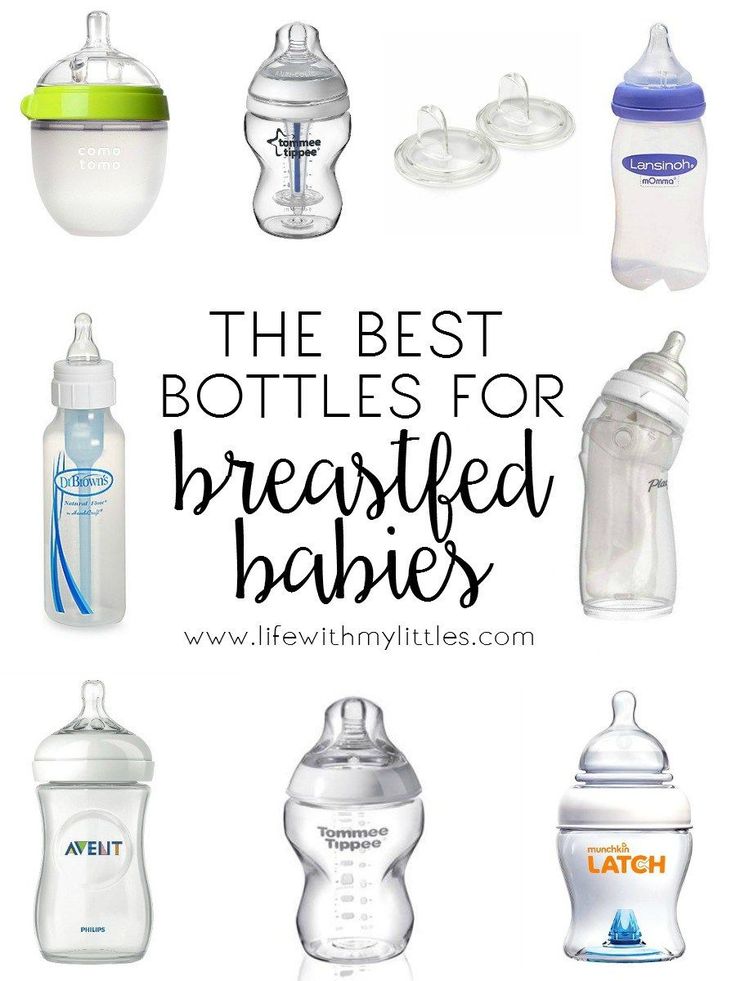
- Place all baby items that require sterilization on the steam rack.
- Turn on steam mode by setting the time to 7-10 minutes.
Microwave sterilization
- For this process in the microwave, it is better to use special bags or additional containers with a lid.
- Children's dishes are placed in a container or bag and filled with cold water.
- After 7-8 minutes of microwave operation, the baby bottle will be sterilized.
Boiling
Mothers, grandmothers and their predecessors were not familiar with microwave ovens or sterilizers in their youth. And yet, they took care of their children no worse than modern mothers. Today, a large number of young parents use the old and proven method of sterilization - boiling.
This is very easy to do:
- Pour water into a large pot and bring it to a boil.
- Place all parts of the feeding bottle into the boiling liquid.
- Cover the pot and boil the items for at least 3 minutes.
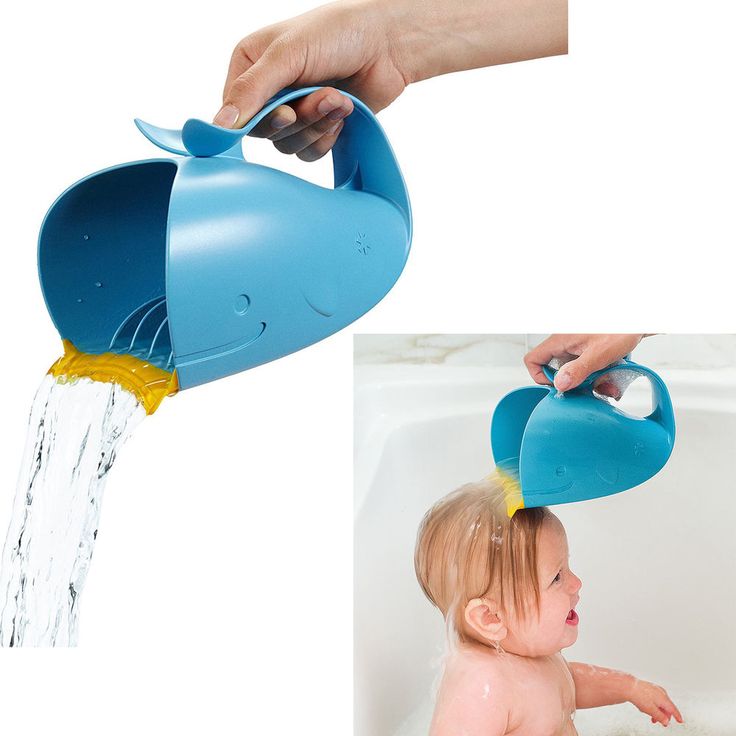
Important! This sterilization method is most suitable for glass bottles. If the plastic bottle does not contain the above harmful component - bisphenol-A, then it can also be processed in this way.
Cold water sterilization
This process can be carried out with cold water and a special preparation that has antiseptic properties. In this case, to wash baby bottles, in order to get the effect of sterilization, it is necessary to use products such as Milton or Bebe Comfort. They are sold in pharmacies. According to instructions?
- Dissolve them in cold water and place children's dishes in the solution.
- After half an hour, the dishes are removed from the solution and thoroughly washed with boiled water.
Important! This method well protects children's dishes from germs without damaging them.
back to contents ↑
How do I clean baby bottles while traveling?
Children never let their parents relax.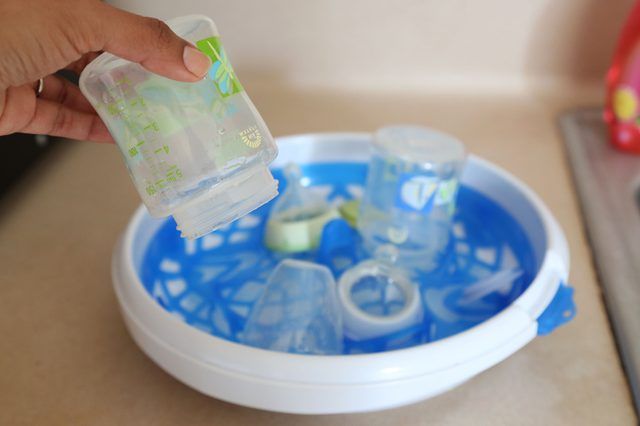 Therefore, while traveling, you need to be prepared for various minor troubles. To solve the problem of how to wash baby bottles during a trip, you should always have a small container of soap and a brush with you.
Therefore, while traveling, you need to be prepared for various minor troubles. To solve the problem of how to wash baby bottles during a trip, you should always have a small container of soap and a brush with you.
Important! It is best to place the brush in a sealed zip bag. So you will protect it from external bacteria that you do not need.
How to proceed:
- If you have bottle and brush detergent, you can wash your baby's dishes in any sink.
Important! Remember the rules on how to wash baby bottles. Strictly follow them, even if you are far from home.
- Disposable sterile bottle inserts come in handy when traveling. With their help, you can get by with one bottle throughout the trip and wash it only once a day, for example, in the evening.
Important! Inserts must be changed after each meal.
- Find out if your lodging and stopping places have microwave ovens.
 If available, take a portable type microwave sterilizer with you on your trip.
If available, take a portable type microwave sterilizer with you on your trip. - If a microwave oven is not available to you or for other reasons you cannot use a sterilizer, then you can get by with an ordinary kettle of water. Pour boiling water over all washed parts of the newborn bottle.
- After washing, lay the bottle and parts on a clean towel to dry.
Important! Use this towel for this purpose only .
to content ↑
Video
When taking care of your baby's health, be sure to take care of the cleanliness of the objects that surround him. This is especially true for children's dishes, which the child uses in the first months of life. If you approach this issue correctly, then washing baby bottles will not take you much time and effort, and the baby will be protected from microorganisms he does not need.